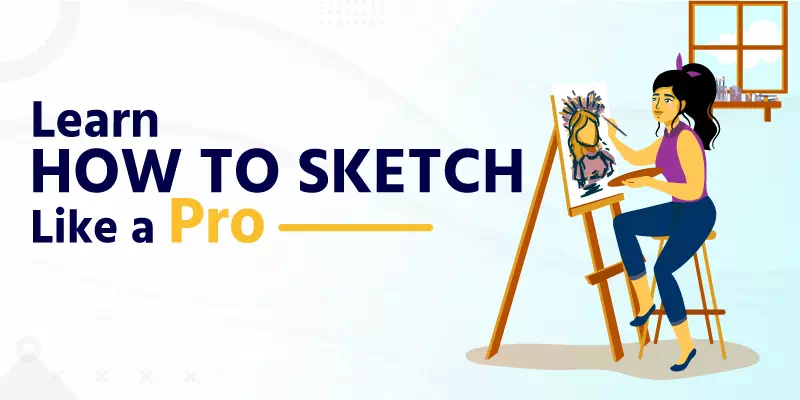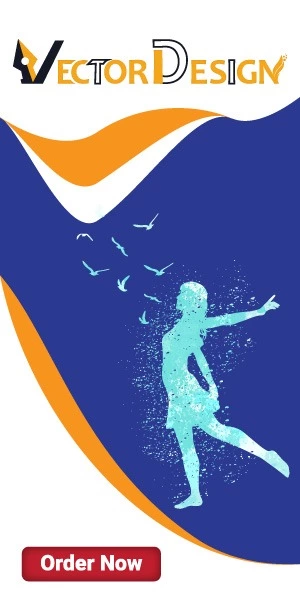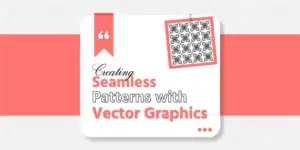Sketching is a fundamental skill in the world of art and design. Learning how to sketch like a pro offers numerous benefits, regardless of one’s artistic background. It enhances observation skills, fosters creativity and serves as a stepping stone towards creating more sophisticated artworks. Sketching technique empowers artists to convey emotions, develop unique styles and communicate ideas effectively.
Whether you are a beginner or an experienced artist, this content aims to inspire and refine your sketching abilities. If you are suffered to decide what to sketch or how to sketch, this content will help you to make the right decision. It will help you to discover the joy and fulfillment in expressing your artistic vision through sketching.
You may also read– sketch to vector conversion
What Supplies Do I Need for Sketching?
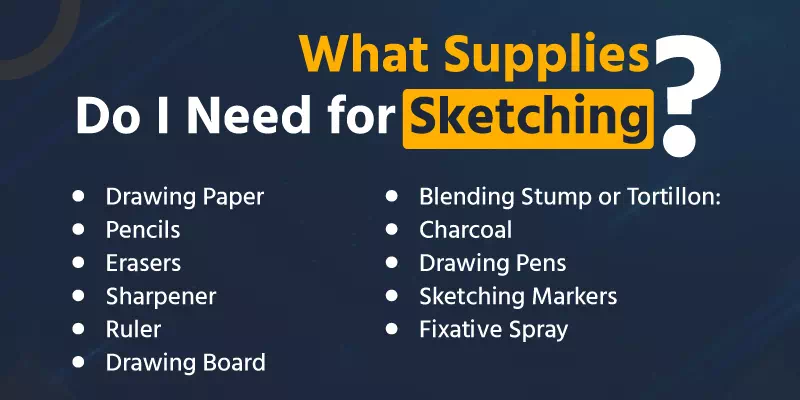
To get started with drawing, you’ll need some basic supplies to unleash your creativity. Here’s a list of essential drawing materials:
- Drawing Paper: Get a sketchbook or loose sheets of drawing paper. Choose a paper weight suitable for your preferred drawing medium.
- Pencils: Invest in a set of quality graphite pencils with different hardness grades (HB, 2B, 4B, 6B, etc.) for varying tones and shades.
- Erasers: Have both a kneaded eraser for subtle corrections and a standard eraser for larger areas.
- Sharpener: Use a good-quality pencil sharpener to maintain a fine point on your pencils.
- Ruler: A straight edge ruler is handy for drawing straight lines and measuring proportions accurately.
- Drawing Board: A sturdy drawing board provides a flat surface and supports your paper while drawing.
- Blending Stump or Tortillon: These tools help blend and smudge graphite for smooth shading and gradients.
- Charcoal: If you want to experiment with a different medium, consider getting charcoal sticks or pencils.
- Drawing Pens: Fine-tip drawing pens are great for adding fine details and line work.
- Sketching Markers: Optional, but they can add vibrant color and bold lines to your drawings.
- Fixative Spray: To protect your finished artwork from smudging, consider using a fixative spray.
20 Top Drawing Techniques to Sketch Like a Pro
Embark on an artistic journey with these 20 top drawing techniques to sketch like a pro. These sketching techniques will enhance your creative expression and empower you to create captivating and professional-level sketches. Not only for the experts, these techniques in drawing will be helpful for the beginners also. Let’s dive into the realm of artistic possibilities and discover the joy of sketching like a true pro.
Contour Drawing
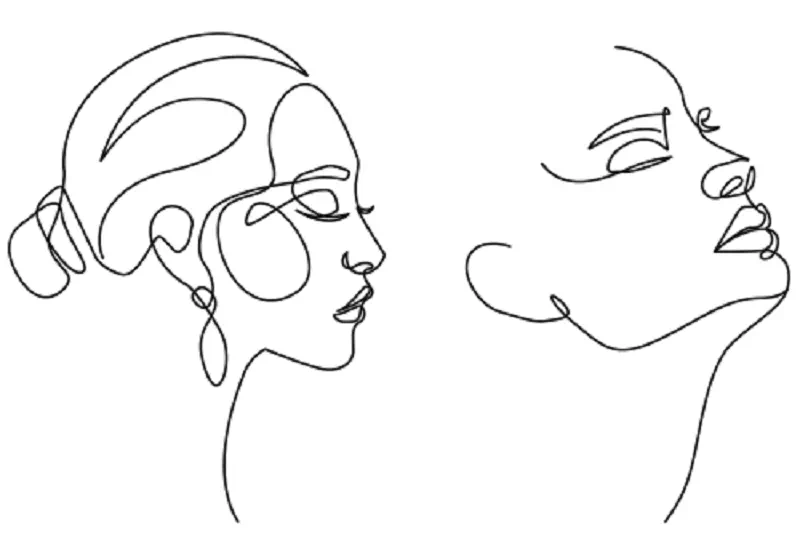
Contour drawing is a fundamental sketching technique where artists draw the outline of a subject, following its edges and curves without lifting the pencil. It helps improve observational skills and captures the basic form and shape of the subject. It is an essential skill for aspiring artists to master.
Gesture Drawing
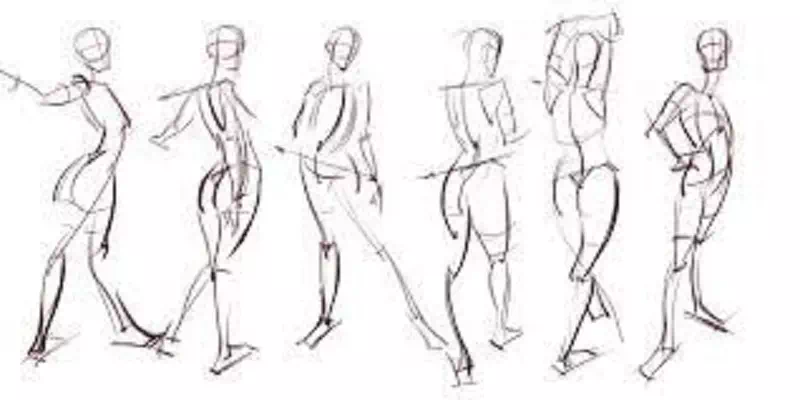
Gesture drawing is a dynamic sketching technique that emphasizes capturing the essence and movement of a subject with quick, expressive lines. It encourages artists to work swiftly and intuitively, focusing on the overall flow and energy. Mastering gesture drawing enhances creativity and helps artists to achieve more lifelike and dynamic sketches.
Cross-Hatching
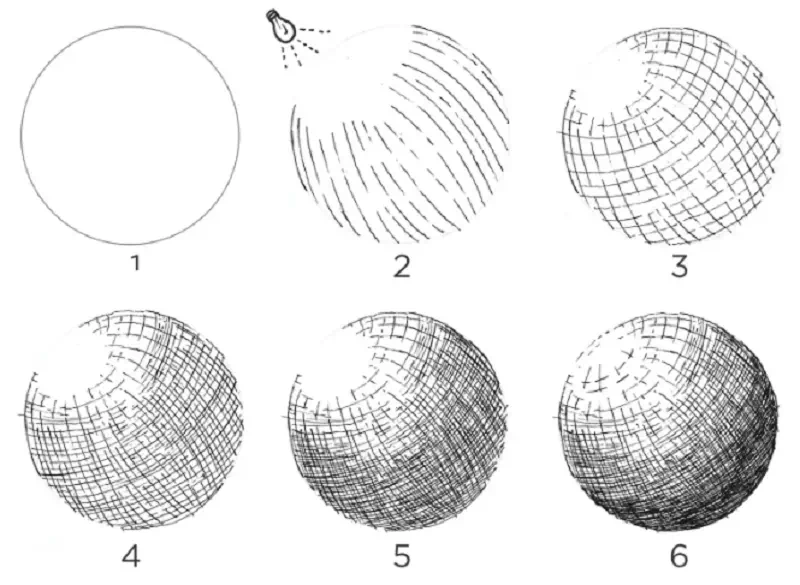
Cross-hatching is a shading technique where lines are drawn in layers, crossing over each other to create value and texture. This method adds depth and dimension to sketches. You can get realistic and visually appealing artwork through this. Mastering cross-hatching enhances an artist’s ability to create intricate and detailed drawings with striking contrasts
Blending
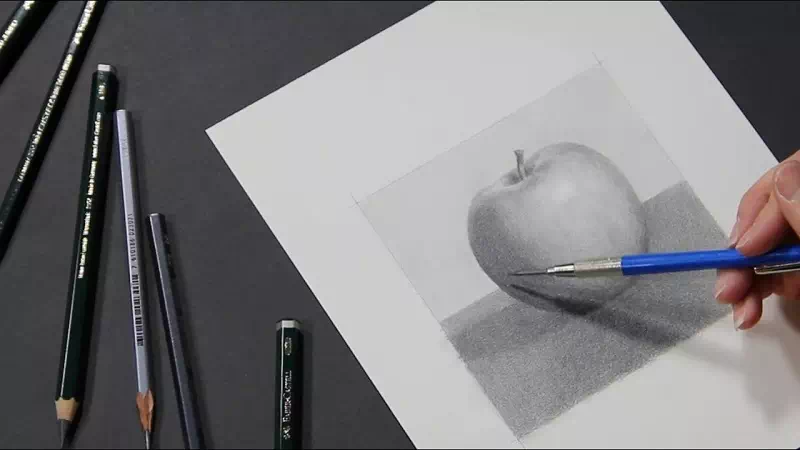
Blending is a vital sketching technique where artists use tools like blending stumps, fingers or brushes to smudge and soften lines. It helps to create smooth transitions and gradations of value. Mastering blending enhances the realism and subtlety of sketches. It allows artists to achieve a professional and polished appearance in their artwork.
Layering
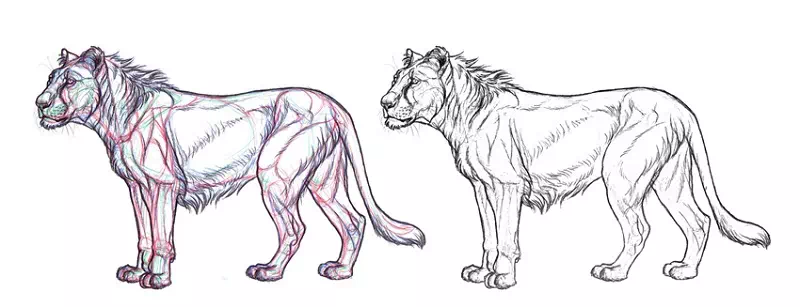
Layering is an essential sketching technique where artists build up their drawings in multiple layers, gradually adding details, shading and textures. This method allows for greater control and refinement. It enables artists to create complex and visually rich sketches. Mastering layering enhances the depth and complexity of artwork.
Proportional Drawing

Proportional drawing is a fundamental technique that focuses on achieving accurate proportions and scale in sketches. Artists use measuring and comparative sizing to ensure realistic representations of subjects. Mastering proportional drawing enhances an artist’s ability to create lifelike and well-balanced artwork, showcasing their expertise in sketching like a pro.
Perspective Drawing

Perspective drawing is a fundamental technique used to create the illusion of depth and three-dimensional space in sketches. It involves understanding how lines converge towards vanishing points, allowing artists to accurately depict objects from different angles. Mastering perspective drawing enhances an artist’s ability to create realistic and immersive artwork with depth and dimension.
Realism

Realism is a drawing technique that aims to depict subjects with utmost accuracy and lifelike qualities. Artists focus on capturing intricate details, textures and shading to create artwork that closely resembles the real world. Mastering realism requires precision and attention to detail.
Stippling

Stippling is a meticulous sketching technique where artists create images using tiny dots or dashes. By varying the density and size of the dots, artists can achieve shading and texture in their sketches. Mastering stippling enhances an artist’s ability to create unique artwork.
Chiaroscuro

Chiaroscuro is a classic drawing technique that emphasizes the use of light and shadow to create a sense of depth and volume in sketches. Artists master the art of blending light and dark areas. Mastering chiaroscuro enhances an artist’s ability to create evocative sketches with a strong sense of realism and mood.
Still Life Drawing
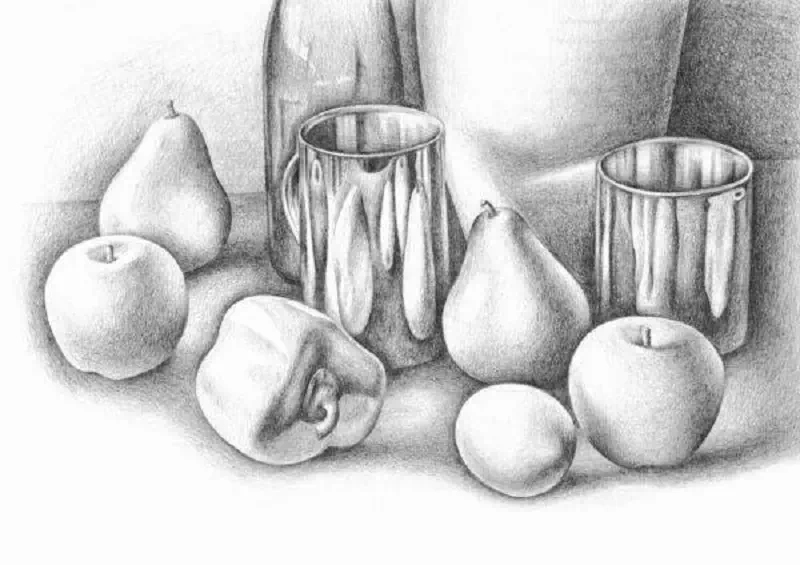
Still life drawing is a popular sketching technique where artists create artwork of inanimate objects arranged in a composition. It allows artists to study form, texture, lighting and composition. This technique hones their observational skills and artistic precision.
Landscape Drawing
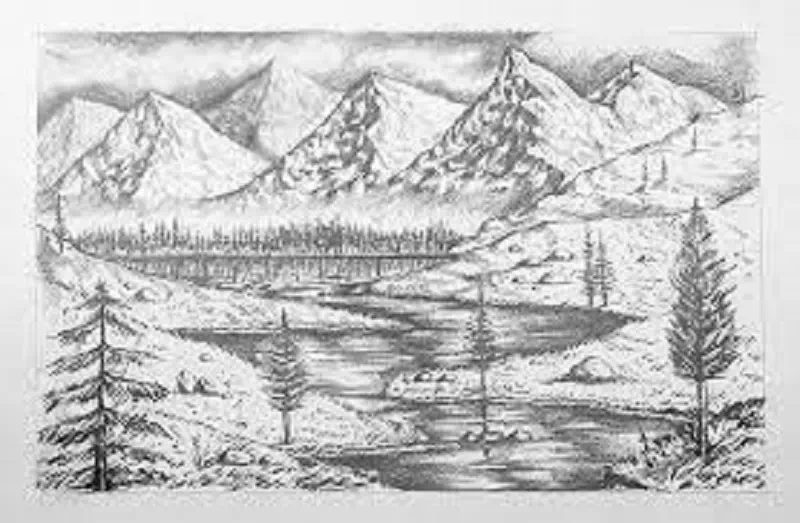
Landscape drawing is a captivating technique where artists depict outdoor scenery, such as mountains, rivers and forests. It involves capturing natural elements, atmosphere and perspective to convey the beauty of nature. Mastering landscape drawing allows artists to create breathtaking and evocative artwork that celebrates the majesty of the world around us.
Negative Space Drawing
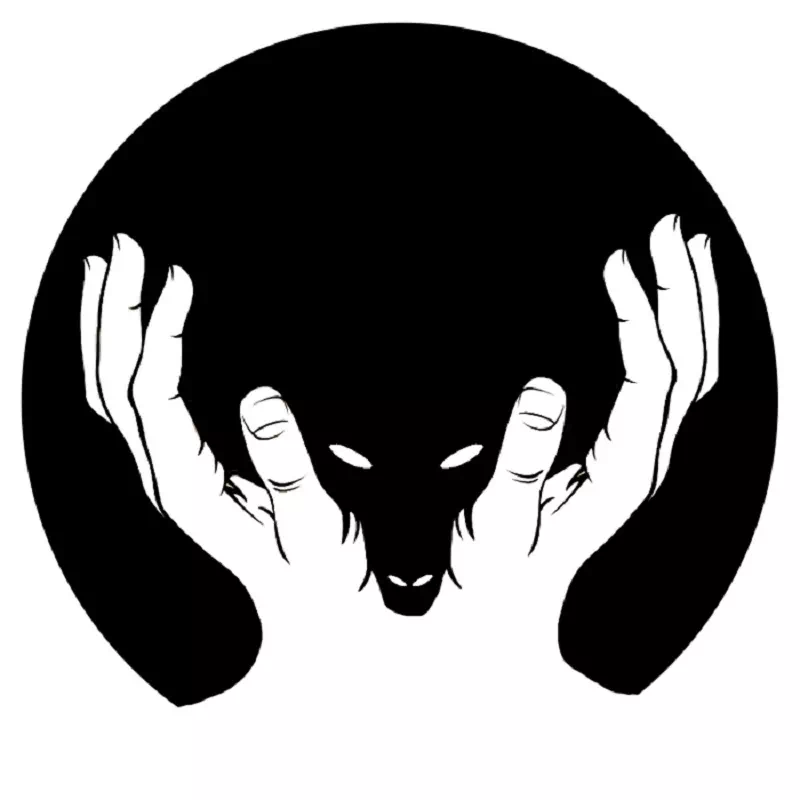
Negative space drawing is a unique sketching technique that focuses on drawing the spaces around and between objects. It encourages artists to perceive shapes and forms differently, enhancing their ability to create balanced and visually engaging compositions. Mastering negative space drawing fosters a deeper understanding of spatial relationships and adds an artistic dimension to the artwork.
Expressive Line Work

Expressive line work is a dynamic sketching technique where artists use varied and bold lines to convey emotions and energy in their artwork. It allows for a sense of spontaneity and freedom, which helps to add personality and character to the sketches. This technique enables artists to sketch an emotional and impactful drawing.
Mixed Media
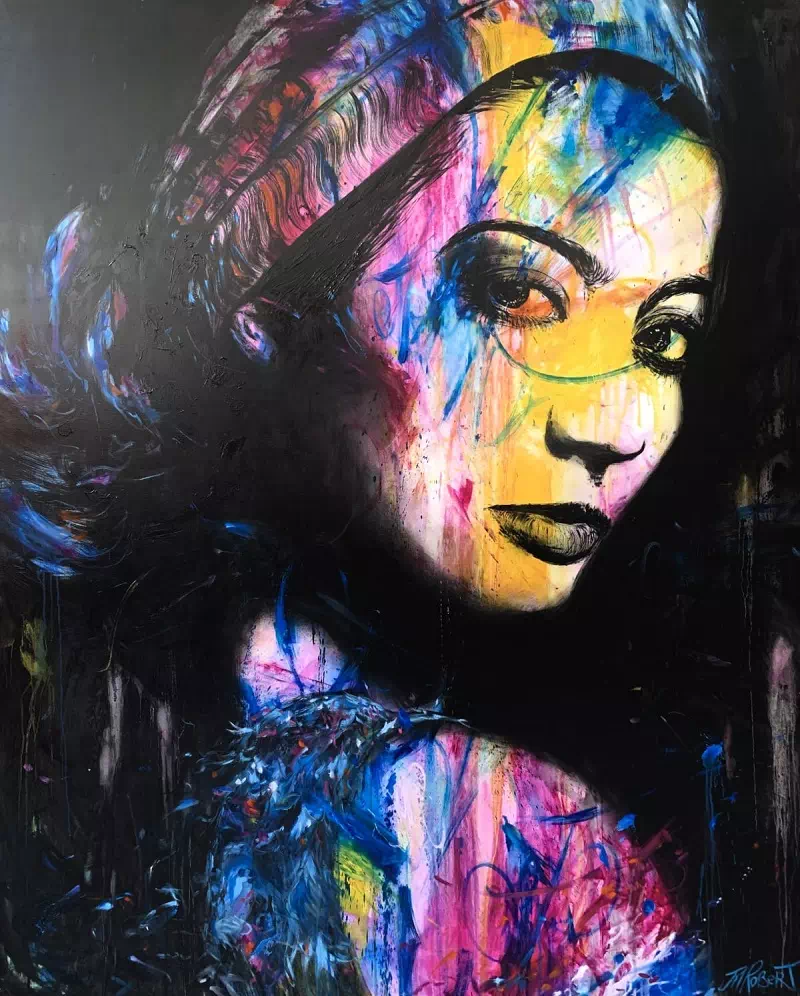
The mixed media technique involves combining various art materials like ink, watercolor, pastels and more to create unique and versatile sketches. It allows artists to experiment with different textures and effects. You can create expressive and dynamic sketches with a wide range of artistic possibilities through this technique.
Charcoal Drawing

Charcoal drawing is a versatile sketching technique where artists use charcoal sticks or pencils to create dark, rich tones and subtle gradations. It allows for expressive and dramatic artwork with a wide range of textures. Mastering charcoal drawing enhances an artist’s ability to achieve depth, contrast and realism in their sketches, making them visually captivating and evocative.
Surrealism
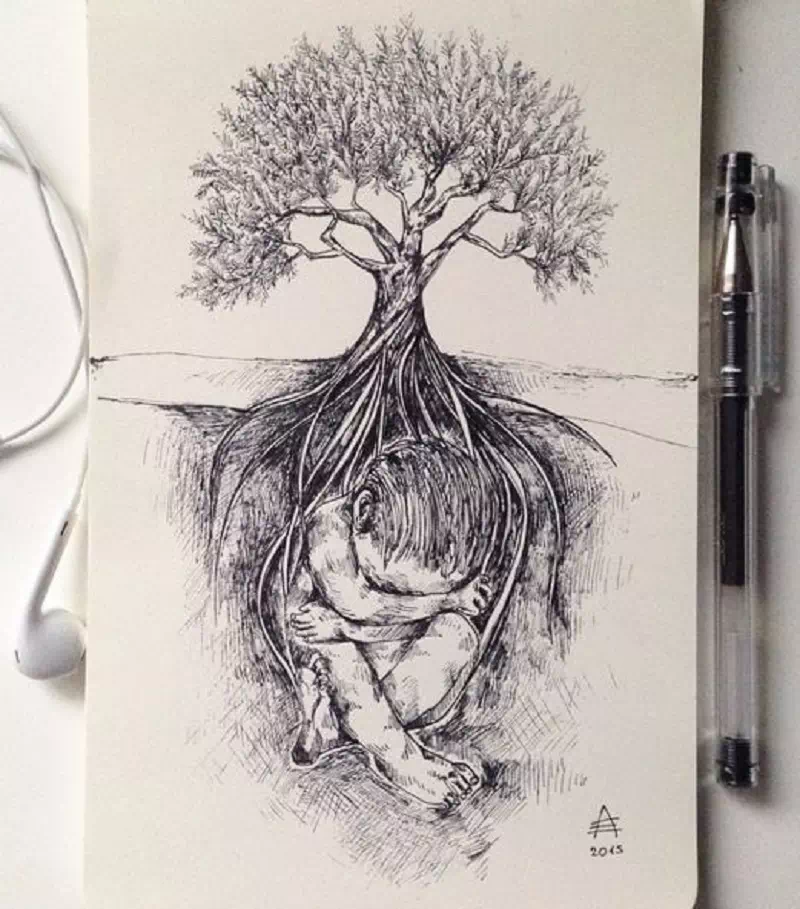
Surrealism is an imaginative sketching technique where artists create dreamlike and fantastical artwork that defies conventional reality. It involves combining unexpected elements, symbolism and abstract imagery to evoke emotions and challenge viewers’ perceptions. Mastering surrealism allows artists to explore the subconscious and create thought-provoking and visually stunning sketches that transcend the ordinary.
Pointillism

Pointillism is a unique sketching technique where artists use small, distinct dots of color to create images. By layering and blending these dots, artists achieve the illusion of depth and color variations. Mastering pointillism requires patience and precision.
Emphasizing Contrast

Emphasizing contrast is a powerful sketching technique where artists utilize the interplay of light and dark areas to create visual impact and depth. By exaggerating the difference between highlights and shadows, artists add drama and intensity to their sketches. It helps to create dynamic and visually striking artwork that captivates the viewer’s attention.
Symmetrical Drawing

Symmetrical drawing is a professional sketching technique where the artist creates a perfectly mirrored image on both sides of a central axis. This approach emphasizes precision and balance, resulting in visually striking and harmonious artwork. From mandalas to architectural designs, symmetrical drawing adds a touch of elegance and aesthetic appeal to sketches.
Tips for Improving Your Sketching Skills
Improving your sketching skills is a rewarding journey that requires dedication and practice. Here are detailed drawing tips to help you enhance your Sketching Skills:
- Practice Regularly: Consistent practice is crucial for honing your skills. Set aside time each day or week to sketch, allowing yourself to experiment and grow.
- Start with Basic Shapes: Mastering simple shapes like circles, squares and triangles provides a solid foundation for more complex drawings. Practice drawing these shapes from different angles and perspectives.
- Observe and Analyze: Pay attention to the world around you. Observe light, shadows, proportions and details in objects and scenes. Analyze how different elements come together to create a visual impression.
- Seek Inspiration: Surround yourself with art, whether in museums, books or online galleries. Draw inspiration from various artists and art styles to broaden your creative perspective.
- Experiment with Mediums: Try different drawing materials like pencils, charcoal, ink, pastels or digital tools. Each medium offers unique textures and effects, allowing you to explore diverse artistic expressions.
- Use Reference Images: Reference images can aid your understanding of subjects and help you achieve more accurate representations. Use them as a guide but aim to add your personal touch to the artwork.
- Embrace Mistakes: Mistakes are an inevitable part of learning. Instead of getting discouraged, view them as opportunities to learn and improve. Analyze what went wrong and make adjustments for future sketches.
- Practice Gesture Drawings: Gesture drawings involve capturing the essence of a subject’s movement and energy in quick, fluid strokes. These exercises help develop your ability to sketch more dynamic and lively compositions.
- Draw from Imagination: Challenge your creativity by sketching from imagination. This allows you to explore new ideas and develop a unique artistic voice.
- Stay Patient and Persistent: Improvement takes time and effort. Be patient with yourself and remain persistent in your practice. Celebrate your progress, no matter how small and stay committed to your artistic journey.
Conclusion
Embrace the joy and creativity that comes with sketching like a pro. Let go of self-doubt and fear of imperfections, for they are the stepping stones to improvement. Sketch with passion, curiosity and the freedom to explore new ideas. Enjoy the sketching techniques and find solace in the world you create on paper. Remember, there are no rules in art—just your imagination and the boundless possibilities it holds. Embrace the journey and let your sketches tell the story of your artistic evolution.
FAQs
Q.1: Do I need to be a professional artist to follow these sketching techniques?
No, the sketching techniques provided are suitable for beginners and aspiring artists. They are designed to help you improve your skills and confidence in sketching.
Q.2: What are the essential materials I need to get started with sketching?
Basic sketching materials include pencils, erasers, sketchbooks and paper. As you progress, you can explore additional mediums like charcoal, ink and markers.
Q.3: How often should I practice sketching to see noticeable improvement?
Consistent practice is essential for improvement. Aim to sketch for at least a few minutes every day or dedicate focused practice sessions several times a week.
Q.4: Can I sketch from imagination, or do I always need a reference image?
Both approaches are valuable. Sketching from imagination fosters creativity, while using reference images helps improve accuracy and observation skills.
Q.5: How can I overcome self-criticism and embrace mistakes while sketching?
Embrace mistakes as learning opportunities and avoid being overly critical. Remember that sketching is a journey of growth, and every sketch contributes to your progress as an artist.
Related

